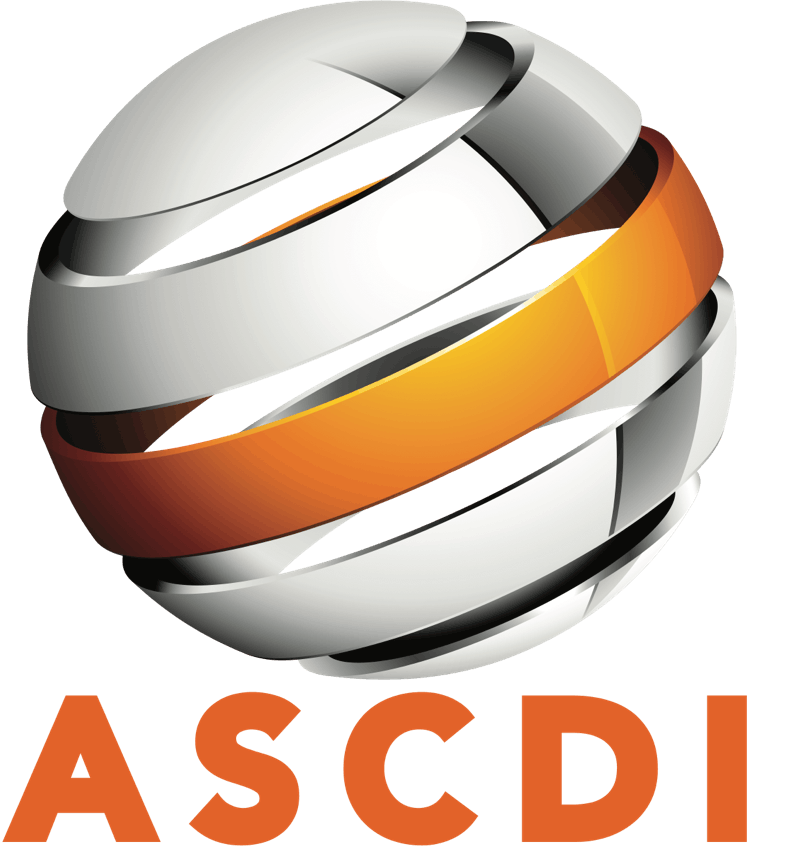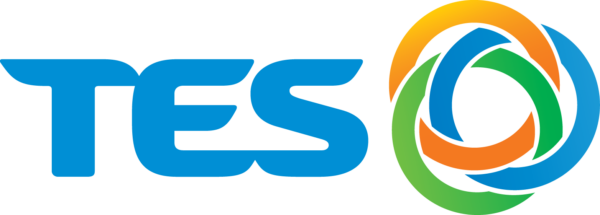December 14, 2023 – TES, the global leader in sustainable IT, data center, and battery technology lifecycle services, announces that investments in its battery recycling facilities will create a remarkable increase in capacity to 40,000 tons annually in response to the growth of electric vehicles and the global need to sustainable recycle scarce battery component materials like lithium and cobalt.
Currently, TES facilities in Singapore, France, and Shanghai, China, can process more than 15,000 tons of batteries annually. TES plans to add production capabilities in Gyeongju, Korea; Rotterdam, Netherlands; Yancheng, China; Newcastle, Australia; and sites in Hungary and Kentucky, USA, to bring the company’s global capacity to more than 40,000 tons annually.
By investing in recycling capacity in key locations proximate to centers of economic growth, TES is positioned to be a global leader in battery recycling.
“The three most important factors for winning the waste battery recycling market are a dense collection network to secure future waste battery volumes, a prime location as a hub, and internalization of rare metal extraction technology. Together with our parent company, SK ecoplant, we have secured these three points and are ready for the global market,” said John Oh, Chief Strategy Officer for TES.
Demand for lithium-ion batteries used in hybrid and electric vehicles tripled from 2020 through 2022, according to the International Energy Association. As a result, manufacturers’ demand for lithium exceeded supply in both 2021 and 2022, even as lithium production increased 180%, the association said.
That trend demonstrates that battery recycling industry growth is required to meet the growing needs of industry and society. By recycling EV batteries, manufacturers of batteries and electric vehicles will need fewer new raw materials, including lithium, cobalt, and nickel.
Battery recycling is financially viable. The global market for “black mass,” the processed materials from batteries, is expected to grow sixfold this decade, from $9.2 billion in 2022 to $52.9 billion by 2031, a compound annual growth rate of about 21%.
Investing in recycling capacity serves a central goal of TES and SK ecoplant, the creation of a closed-loop system in which rare metals recovered from waste batteries are returned to the battery manufacturing value chain. A closed-loop supply chain reclaims up to 98% of the key raw materials needed to make new batteries.
TES provides a full range of sustainable lifecycle management services that extend the life of assets and commodity resources, from e-waste and battery recycling to full-fledged IT asset disposition to professional services like managed deployment, equipment decommissioning, and onsite data destruction.
“Sustainability is at the core of everything we do. With this focused investment, TES will continue to embrace the circular economy and preserve resources for industry and for future generations,” Oh said.
About TES
Since our formation in 2005, TES has grown to become a global leader in sustainable technology services and bespoke solutions that help clients manage the commissioning, deployment, and retirement of technology devices and components.
We provide comprehensive services for technology devices throughout their lifecycle — from deployment to decommissioning to disposition — all the way through to recycling and end-of-life repurposing. This includes innovating new processes to leverage the value locked in assets if they are to be recycled, such as our proprietary lithium battery recycling process, which extracts scarce materials from used batteries at purity rates high enough that they can be reused in the manufacturing supply chain.
We have made it our mission to make a decade of difference by securely, safely, and sustainably transforming and repurposing one billion kilograms of assets by 2030. Our 40 owned facilities across 22 countries offer unmatched service-level consistency, consistent commercials, lower logistics costs, local compliance experts in-region, support in local time zones and languages, and a deep understanding of transboundary movement globally. For more information, visit www.tes-amm.com.

